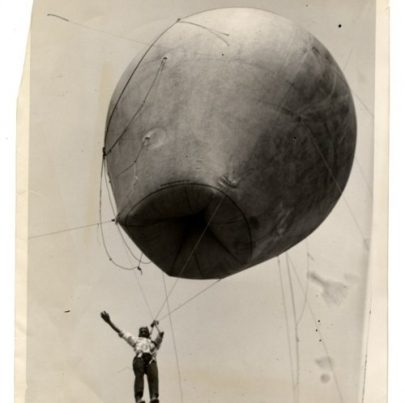I could read George Saunders all day and still not get enough of his off-kilter wisdom. There are certainly other witty and satirical writers out there but in my opinion there are few that manage what Saunders does, which is to balance cleverness with genuine emotion and open-heartedness.
As a writing prof, he offers all sorts of great advice on narrative. Here is a nice tidbit, I’ve pulled from an interview in BOMB (keep in mind that Saunders has dabbled in children’s fiction):
The first idea (“move towards the complicated”) is, I think, best understood as a habit of mind generally worth cultivating. Basically: steer towards the rapids. Say we’re writing “Little Red Riding Hood,” and we’ve just typed: “One day, Red’s mother handed her a picnic basket and told her to go see Granny, but not to talk to any strangers along the way.” So—should we have her meet a stranger? Yes. Should that stranger be potentially dangerous, like, say, a wolf? Sounds promising. Should Red engage with the wolf? (What a drag, if, at that point, she takes Mom’s advice and ignores the wolf: story over). Should the wolf she meets be evil, or a gentle, New Age wolf, who gives her some nice poems about daughter/granddaughter relations? Looking at a familiar story like that one, it’s pretty clear: a story is a thing that is full of dozens of crossroads moments, and if we make a habit of first, noticing these, and, second, steering toward the choice that gives off incrementally more power (or light, or heat, or throws open other interesting doors, etc.), this will, over the long haul, make the story more unique, more like itself, more incendiary. (Although even as I type this, I find myself intrigued by the poem-giving wolf. . . . )



